'Verge of tears': Deadly virus outbreak sends more cities into lockdown
Chinese authorities moved to lock down at least eight cities with a total population of more than 18 million on Thursday (local time) in an unprecedented effort to contain the deadly new virus that has sickened hundreds of people and spread to other parts of the world during the busy Lunar New Year travel period.
AFP reports local governments in the Hubei province have placed travel bans in eight cities – Wuhan, Huanggang, Ezhou, Chibi, Xiantao, Qianjiang, Zhijiang and Lichuan.
The open-ended lockdowns are unmatched in size – embracing more people than New York City, Los Angeles and Chicago put together.
The train station and airport in Wuhan, the epicentre of the outbreak, were shut down, and ferry, subway and bus service was halted.
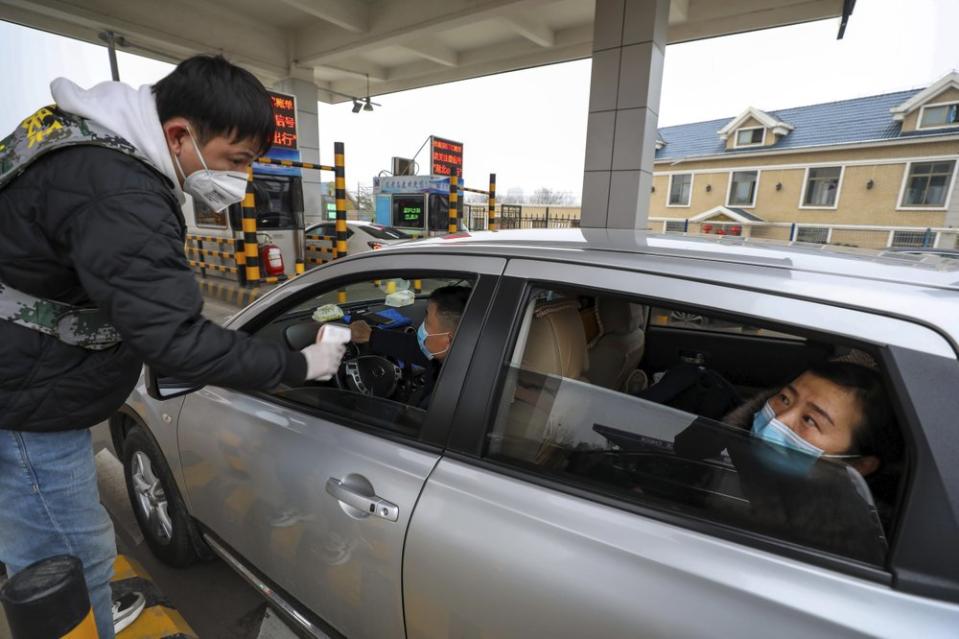
A resident of the city reported on Chinese social media site Weibo locals were on the “verge of tears” upon hearing the lockdown news, according to the BBC.
Normally bustling streets, shopping malls, restaurants and other public spaces in the city of 11 million were eerily quiet.
Police checked all incoming vehicles, but did not close off the roads.
Authorities announced similar measures would take effect on Friday in the nearby cities of Huanggang and Ezhou. In Huanggang, theatres, internet cafes and other entertainment centres were also ordered closed.
In the capital, Beijing officials cancelled “major events” indefinitely, including traditional temple fairs that are a staple of holiday celebrations, in order to “execute epidemic prevention and control”.
The Forbidden City, the palace complex in Beijing that is now a museum, announced it will close indefinitely on Saturday.
Death toll rises with 600 infected
At least 18 people have died in the outbreak.
According to The New York Times, an 80-year-old died in the Hebei province, which is almost 1000km north of the coronavirus epicentre, authorities said, confirming the first death outside of Wuhan – where the previous 17 reported deaths had happened.
Close to 600 have been infected, the vast majority of them in Wuhan, and many countries have begun screening travellers from China for symptoms of the virus – which can cause fever, coughing, trouble breathing and pneumonia.
Meanwhile, the World Health Organisation (WHO) decided against declaring the outbreak a global health emergency for now.
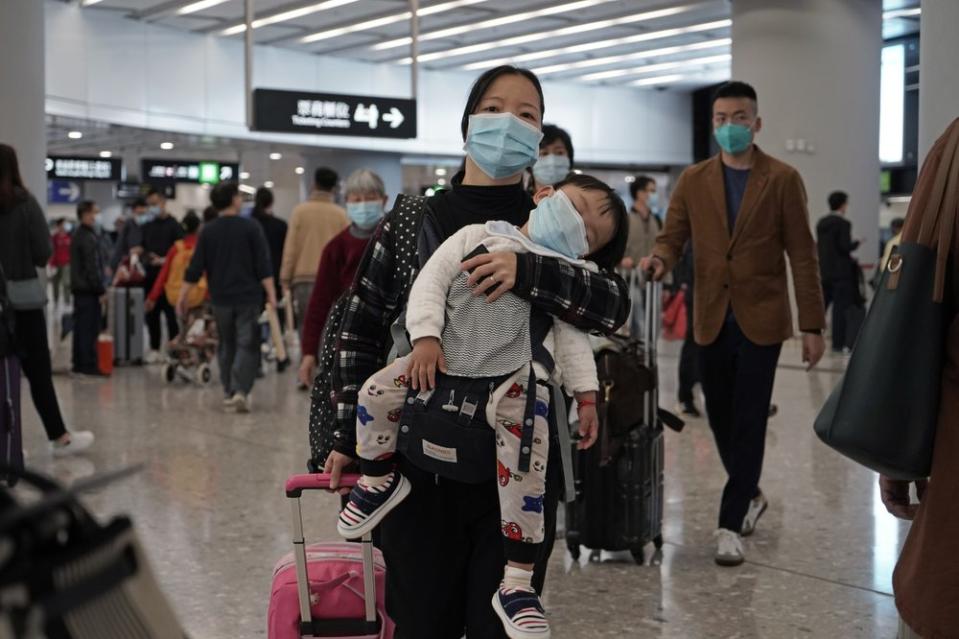
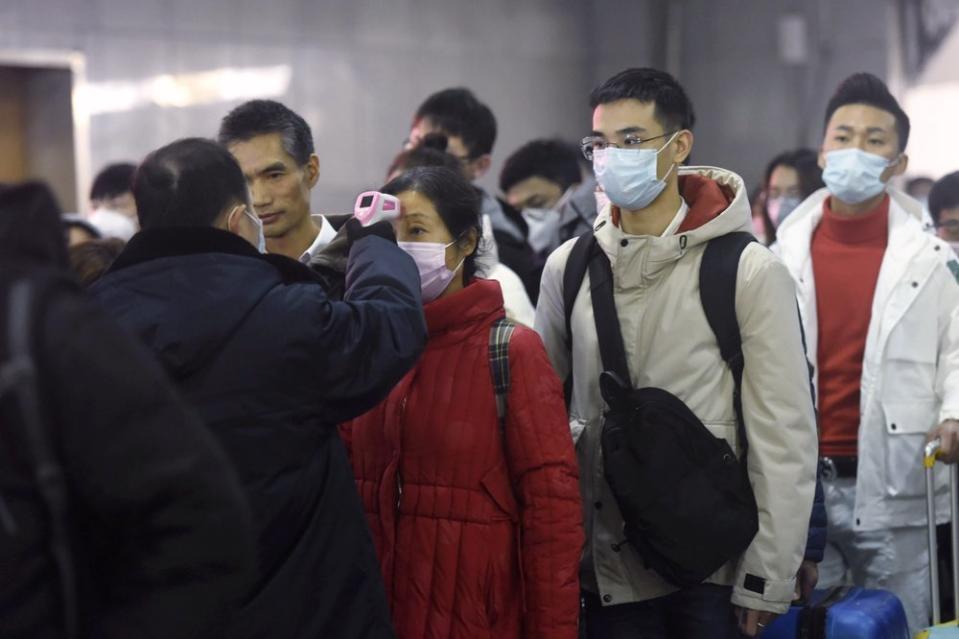
Such a declaration can bring more money and other resources to fight a threat but can also trigger economically damaging restrictions on trade and travel in the affected countries, making the decision a politically fraught one.
The decision “should not be taken as a sign that WHO does not think the situation is serious or that we’re not taking it seriously. Nothing could be further from the truth”, WHO Director General Tedros Adhanom Ghebreyesus said.
“WHO is following this outbreak every minute of every day.”
Large-scale quarantines are rare around the world, even in deadly epidemics, because of concerns about infringing on people’s liberties. And the effectiveness of such measures is unclear.
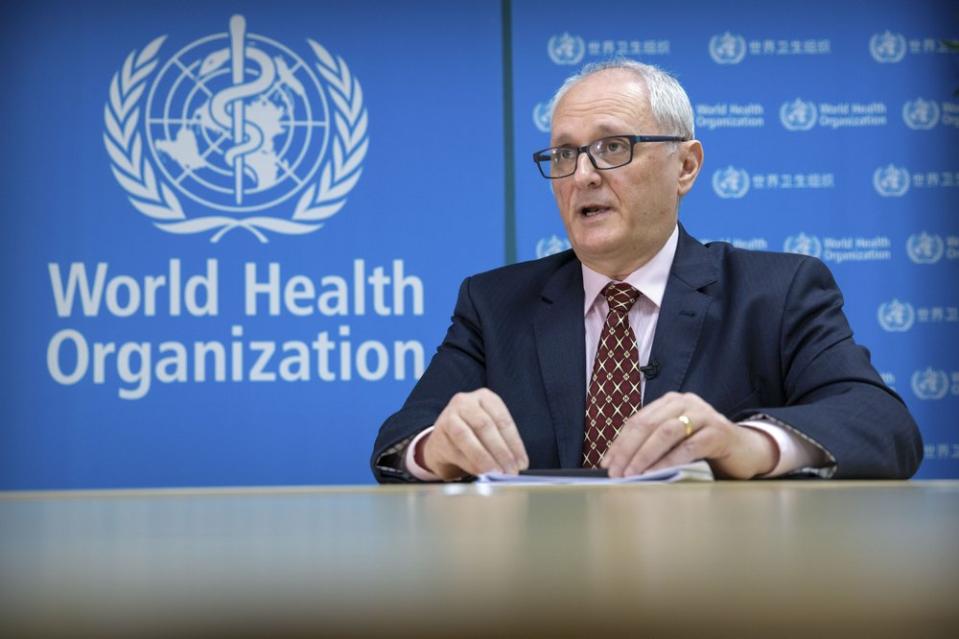
“To my knowledge, trying to contain a city of 11 million people is new to science,” Gauden Galea, the WHO″s representative in China, said.
“It has not been tried before as a public health measure. We cannot at this stage say it will or it will not work.”
Jonathan Ball, a professor of virology at molecular virology at the University of Nottingham in Britain, said the lockdowns appeared to be justified scientifically.
“Until there’s a better understanding of what the situation is, I think it’s not an unreasonable thing to do,” he said.
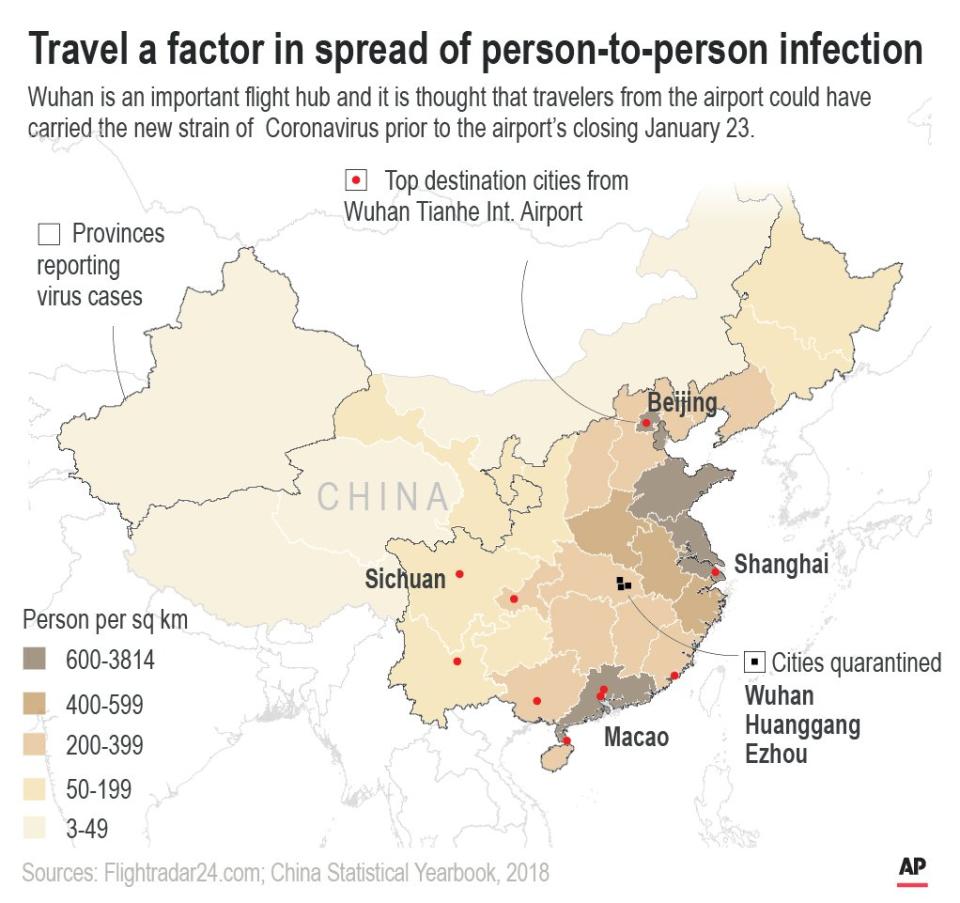
“Anything that limits people’s travels during an outbreak would obviously work.”
But Mr Ball cautioned that any such quarantine should be strictly time-limited.
“You have to make sure you communicate effectively about why this is being done. Otherwise you will lose the goodwill of the people,” he added.
The start of coronavirus
The illnesses from the newly identified coronavirus first appeared last month in Wuhan, an industrial and transportation hub in central China’s Hubei province.
Other cases have been reported in the US, Japan, South Korea and Thailand. Singapore, Vietnam and Hong Kong reported their first cases on Thursday.
Most of the illnesses outside China involve people who were from Wuhan or had recently travelled there.
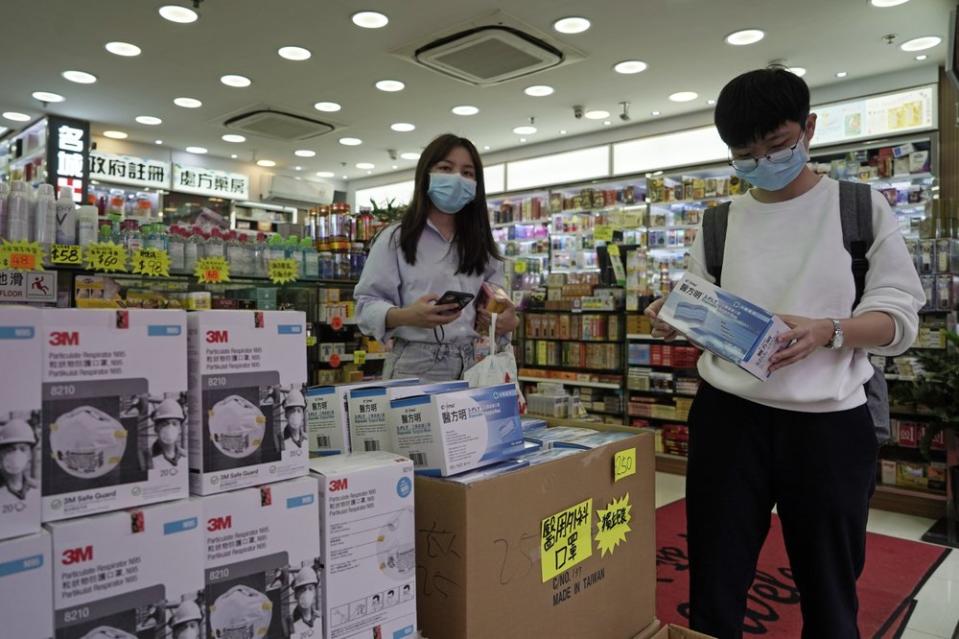
Chinese officials have not said how long the shutdowns would last.
Authorities in Wuhan demanded all residents wear masks in public places. Police, SWAT teams and paramilitary troops guarded Wuhan’s train station.
The sharp rise in illnesses comes as millions of Chinese travel for the Lunar New Year, one of the world’s largest annual migrations of people.
Chinese are expected to take an estimated 3 billion trips during the 40-day spike in travel.
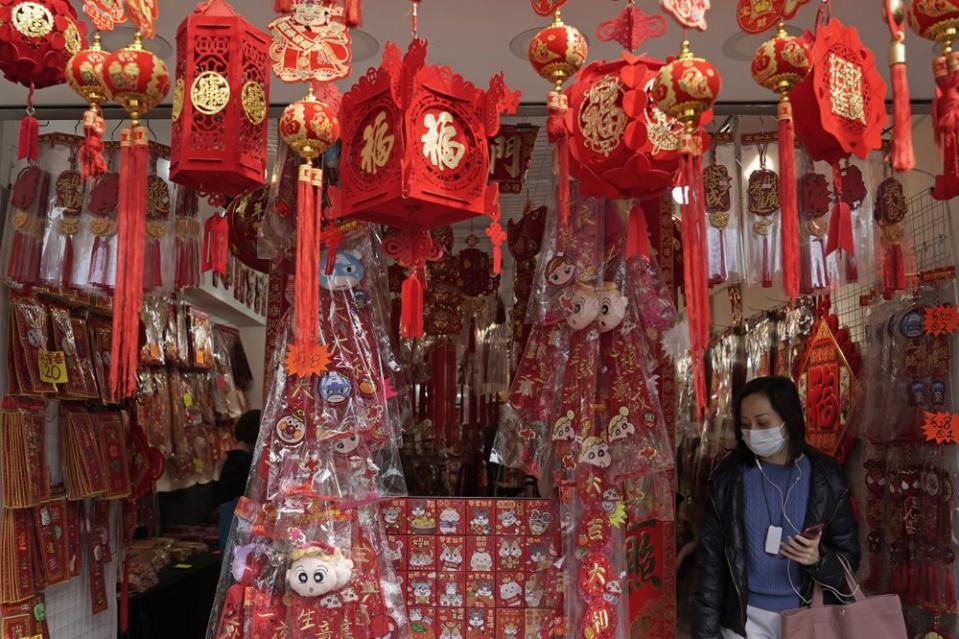
Analysts predicted cases will continue to multiply, although the jump in numbers is also attributable in part to increased monitoring.
“Even if (cases) are in the thousands, this would not surprise us,” the WHO’s Dr Galea said, adding, however, the number of those infected was not an indicator of the outbreak’s severity, so long as the mortality rate remained low.
For months, even after the SARS had spread around the world, China parked patients in hotels and drove them around in ambulances to conceal the true number of cases and avoid WHO experts.
This time, China has been credited with sharing information rapidly and President Xi Jinping has emphasised that as a priority.
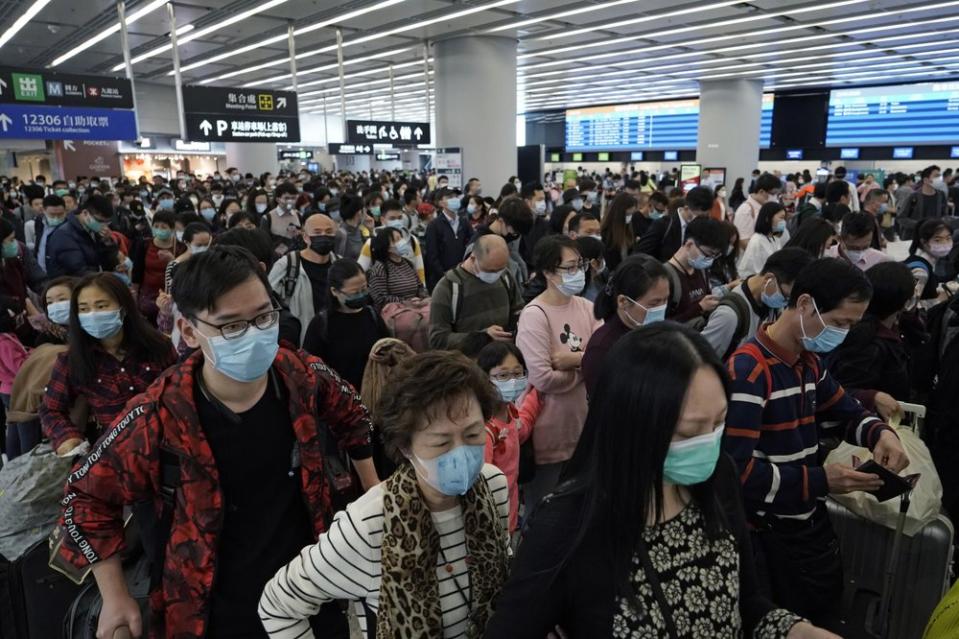
Health authorities are taking extraordinary measures to prevent additional person-to-person transmissions, placing those believed infected in plastic tubes and wheeled boxes, with air passed through filters.
The first cases in the Wuhan outbreak were connected to people who worked at or visited a seafood market, which has since been closed for an investigation.
Experts suspect the virus was first transmitted from wild animals, but it may also be mutating.
Mutations can make it deadlier or more contagious.
Do you have a story tip? Email: newsroomau@yahoonews.com.
You can also follow us on Facebook, Instagram and Twitter and download the Yahoo News app from the App Store or Google Play.



